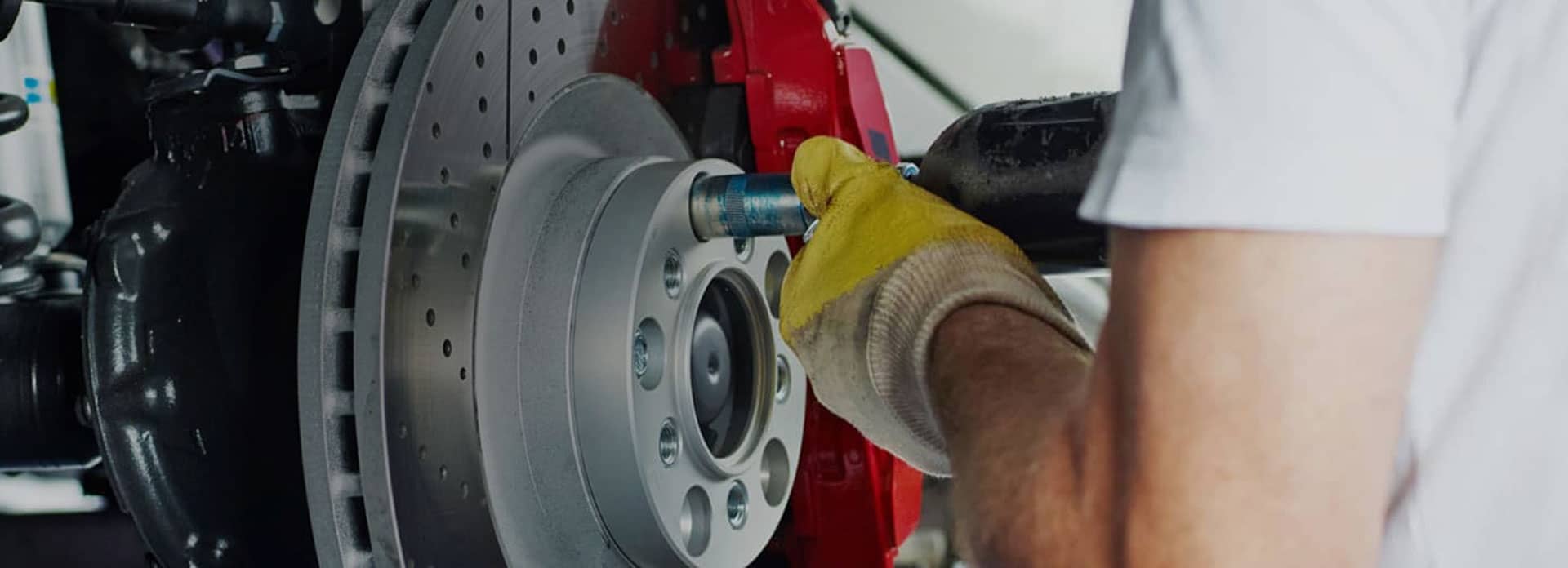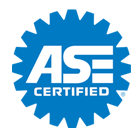
AUTONET TV
Archive for November 2021A Honking Big Jam (Stuck Horn)Posted November 28, 2021 8:42 AMAt one time or another, most drivers honk their horn at someone who might be texting at a stoplight or not paying attention when they're driving. But what happens when you tap on your horn and all of a sudden it won't quit? Everyone's looking at you like you're an angry jerk and all you want to do is turn it off! It helps to know the basics of what's happening when you honk your horn. There's a switch in the steering wheel, of course, and when you press on it, it sends power to a relay which then energizes the horn. Bingo. Sound. When the horn sticks on, one of these parts or the wiring has developed a problem. With the ear-splitting noise inside your cabin, it may be hard to keep your cool, but do your best to stay calm. Try pushing the horn several times; it may un-stick the switch if you're lucky. If not, there are a couple of things you can try. First, if you can, pull your vehicle off the road and into a spot where you're not disrupting traffic. If you feel comfortable rummaging around in your vehicle's fuse box, you might be able to pull the fuse that manages the circuit for your horn system. A hint: the fuse boxes sometimes have a label inside showing which fuse goes to which part of the vehicle. Find the fuse that goes to the horn and pull it out (sometimes there's a fuse-pulling tool inside the fuse box). But many people don't feel like tackling that. Yes, you can drive over to a service facility with the horn blaring (not the best idea). Or call your service facility and see if they might be able to send someone over to where you are so they can shut off the horn. At the shop, a technician can check wiring, switches, relays and other components to find out what's wrong. This is something that should be left to a professional for a couple of reasons. First, repairs around the steering wheel can involve airbags. Second, some horn components may be part of a vehicle's alarm system. The bad news is that your horn may not give you any warning before it starts blaring uncontrollably. But the good news is that a horn doesn't malfunction all that often, and now you have a plan if it does. A.G. Automotive & Diagnosis Using Proper Fluids in Your vehiclePosted November 21, 2021 11:07 AM
If you have questions about the fluids in your vehicle, please don't hesitate to stop by A.G. Automotive & Diagnosis. You can find us on 19735 Sherman Way Suite 2 in Winnetka, CA 91306. Let's take engine oil. Twenty or 30 years ago, there were just a handful of different weights of oil. The weight of an oil is a scientific measure of its properties, particularly its viscosity or thickness. A.G. Automotive & Diagnosis
A.G. Automotive & Diagnosis On Your Serpentine BeltPosted November 14, 2021 11:45 AM
Today we're going to be talking about serpentine belts for our Winnetka, CA, customers. Let's start by talking about the accessories that are driven by the serpentine belt. First is the alternator. That's the device that makes electricity to power the vehicle and recharge the battery. Then there's the air conditioning compressor that makes cool air for you while you're driving around CA in the summer. A.G. Automotive & Diagnosis Slippery When Wet (Driving on Wet Leaves)Posted November 7, 2021 7:05 AMWhen the leaves fall, you might take a sightseeing trip to see them at peak color. Or you may simply live in a spot where there are a lot of trees. When those leaves get wet, you'd be surprised to learn just how slippery they can be. We all know ice is slippery to drive on. What causes tires to slip on ice is a thin layer of water that comes between the road and your tires. Wet leaves can have the same effect. The surfaces of leaves are super slick when they're dry, even worse when you add a little moisture. There's one other thing about leaves. They are smaller than each tire's footprint, so your tread grips the pavement with uneven traction. One study showed that your stopping distance can more than double on a surface covered with wet leaves when compared to that same road when it's dry. Double! That can spell trouble. So if you find yourself heading into an area with wet leaves on the road, slow down before you get into a jam. If you do start skidding, use the same driving techniques as you would on ice. Let off the accelerator, resist jamming on the brakes and steer into the skid. Again, speed can get you into trouble fast on a slippery surface. One thing that can help is having tires that are appropriate for the way you drive and the places you travel. Your service advisor can offer suggestions for tires that are right for you. Have a technician examine your tread depth and the condition of your tires' rubber. Sun can break down rubber over time, and age can cause tires to fail, even if their tread seems to be deep enough. Your tire is the point of traction between your vehicle and the road. Uncontrolled skids spell trouble and danger. Slow down when you see wet leaves on the road. They can make traction disappear before you know it.
| ||
SearchArchiveMay 2019 (16)June 2019 (5) July 2019 (4) August 2019 (4) September 2019 (5) October 2019 (4) November 2019 (4) December 2019 (5) January 2020 (5) February 2020 (4) March 2020 (5) April 2020 (4) May 2020 (5) June 2020 (4) July 2020 (4) August 2020 (5) September 2020 (4) October 2020 (4) November 2020 (5) December 2020 (4) January 2021 (6) February 2021 (4) March 2021 (4) April 2021 (4) May 2021 (5) June 2021 (4) July 2021 (4) August 2021 (5) September 2021 (4) October 2021 (5) November 2021 (4) December 2021 (4) January 2022 (6) February 2022 (4) March 2022 (4) April 2022 (4) May 2022 (5) June 2022 (4) July 2022 (5) August 2022 (4) September 2022 (4) October 2022 (5) November 2022 (4) December 2022 (4) January 2023 (5) February 2023 (4) March 2023 (4) April 2023 (5) May 2023 (4) June 2023 (4) July 2023 (5) August 2023 (4) September 2023 (4) October 2023 (5) November 2023 (4) December 2023 (5) January 2024 (5) February 2024 (4) March 2024 (5) April 2024 (3) | CategoriesAir Conditioning (7)Alignment (9)Alternator (1)Auto Safety (4)Automotive News (7)Battery (7)Brakes (11)Cabin Air Filter (4)Check Engine Light (4)Cooling System (12)Dashboard (2)Diagnostics (3)Differential Service (1)Emergency Items (1)Engine Air Filter (1)Exhaust (5)Fluids (10)Fuel Economy (6)Fuel Saving Tip: Slow Down (1)Fuel System (24)Headlamps (5)Inspection (7)Keys to a long lasting vehicle (2)Maintenance (25)Monitoring System (2)Oil Change (2)Older Vehicles (1)Parts (2)PCV Valve (1)Safe Driving (1)Safety (4)Serpentine Belt (3)Service Intervals (3)Service Standards (5)Shocks & Struts (5)Steering (6)Suspension (1)Timing Belt (5)Tire Rotation and Balancing (1)Tires (2)Tires and Wheels (25)Transfer Case Service (1)Transmission (3)Trip Inspection (3)Warranty (1)What Customers Should Know (31)Windshield Wipers (5)Winter Prep (2)Winter Tires (1) | |

OUR REVIEWS


CHIBUEZE JBI, 04/05/2024CHUCK IS THE MAN! HE KNOWS HIS MOPARS , I AM A RETURNING A-1 CUSTOMER, HIS ASSISTANT IN THE MORNING IS COURTEOUS AND FUNNY ?, TAMMY IS AWESOME ?? ALSO. #MOPARORNOCAR #SRT 8
join our team
We are currently on the lookout for the following:











